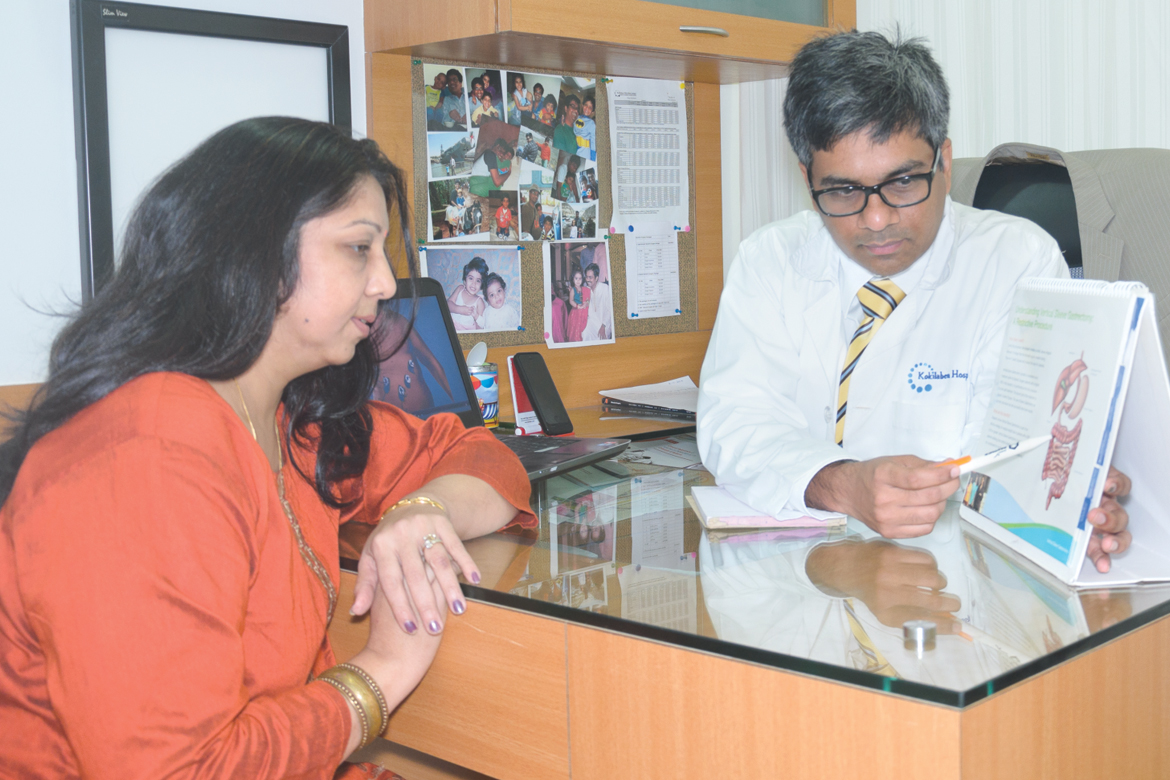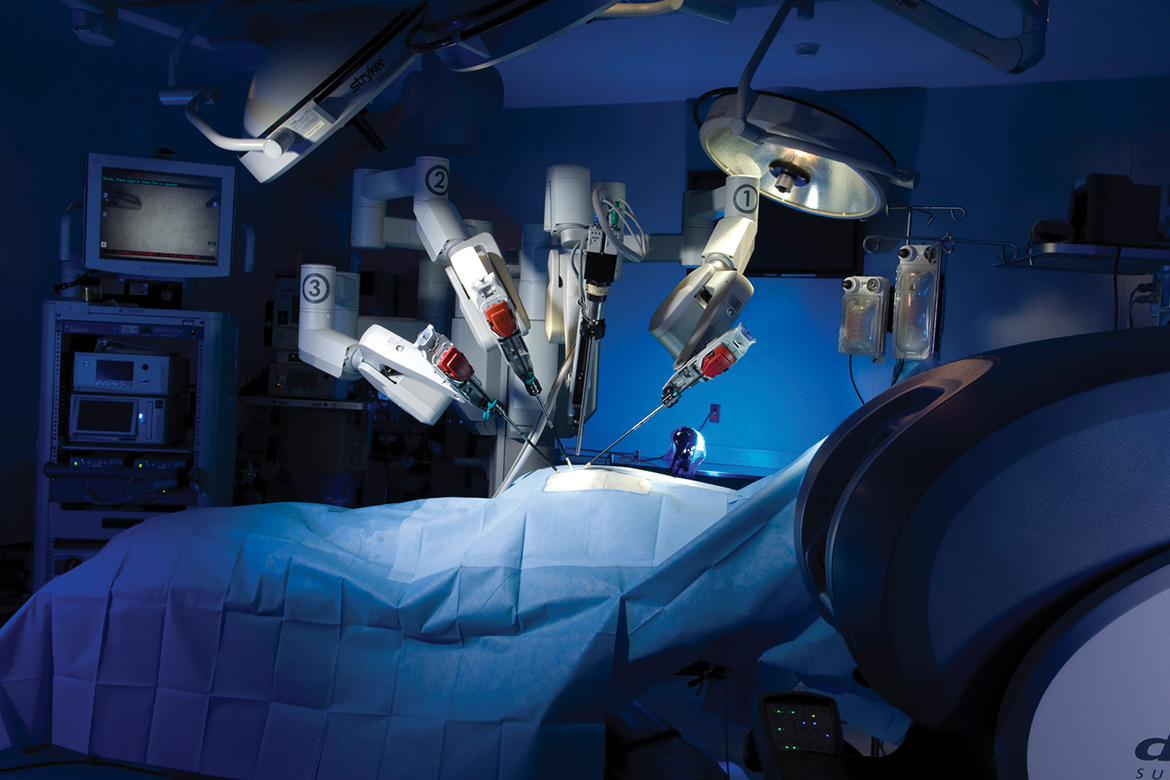Medical and population research strongly suggests that fear and lack of accurate information are the main reasons that many severely overweight patients don’t consider bariatric or weight loss surgery as an option. They often don’t know or understand how ill they truly are, and many fail to realize the potential benefits of successful and sustained weight loss. It is important to understand that there is hope, there is a solution.
The impossible dream of successful and sustained weight loss can be achieved. For those who need it, bariatric surgery has never been safer, and the benefits are nothing short of astounding. In the years following appropriately performed bariatric surgery, there is a near tenfold reduction in mortality from all causes, not to mention the significant reduction or complete resolution of the many medical problems like diabetes, hypertension, high cholesterol levels, secondary infertility, etc, that can burden severely overweight patients.
Not only has bariatric surgery never been more safe, the great news is that exciting new technology in the form of the da Vinci robot promises to further enhance the bariatric surgeon’s ability to handle even the most difficult cases. The last decade witnessed incredible improvements in bariatric surgical techniques, chiefly the transition from open surgery to laparoscopic surgery. Robotic surgery may best be thought of as robotic-assisted surgery. Think of it as a digital extension of the surgeon’s hand. The bariatric surgeon sits at a console (think “big video game”) only steps away from the patient. From the console, the surgeon works virtually, manipulating four arms of a highly sophisticated robot through small incisions in the patient. The robotic arms translate the movement of the surgeon’s hands into digitally precise movements inside the patient.
The robot gives the surgeon’s hands 40 percent more dexterity, allowing for the consistent placement of sutures at angles never before achieved with the human hand. As if that were not enough, when operating with the surgical robot, the surgeon is able to see in three

dimensions and to do so at ten times magnification, which allows surgeons access to hard-to-reach areas of the body with better vision control and overall visualization than ever before.
Just think about this ‘When a surgeon can see better and operate more precisely, can a reduction in complications be far behind’? This technique associates with shorter learning curve especially in performing delicate and precise maneuvers such as fine dissections and suturing. Indeed, it is widely recognized that robotic bariatric surgery has a steeper learning curve than laparoscopic approach and 20 cases may be enough to pass the basic learning phase1. Moreover, this technique, unlike laparoscopic surgery, can be used in high-risk obese patients with difficult anatomy without compromising the surgical performance and outcomes. 2 Robotic Bariatrics is highly advantageous to give better results in the super obese patient (whose BMI > 50 kg/m2) as the abdominal torque effect is negated by the da Vinci robotic arms. These arms actually lift the heavier than normal abdominal wall of the patient against gravity allowing more space for the surgeon to use his instruments inside the abdominal cavity, thus allowing faster surgery less post operative pain, faster tissue healing and an ‘early recovery’.
At the Kokilaben Dhirubhai Ambani Hospital, our state-of-the-art, center of excellence for the treatment of diabetes and obesity surgery gives you just that. We are one of the pioneers in robotic bariatric surgery in India and the only center offering this technology for bariatric surgery in western India as of today since almost 2 years.
References:
- Buchs NC, Pugin F, Bucher P, et al: Learning curve for robot-assisted Roux-en-Y g a str i c b y p a ss. S u r g E n d o s c 2 012 ,
26(4):1116–21. - Kim KC, Buffington C: Totally robotic gastric bypass: approach and technique. J Robot Surg 2011, 5(1):47–50
 Back to Site
Back to Site